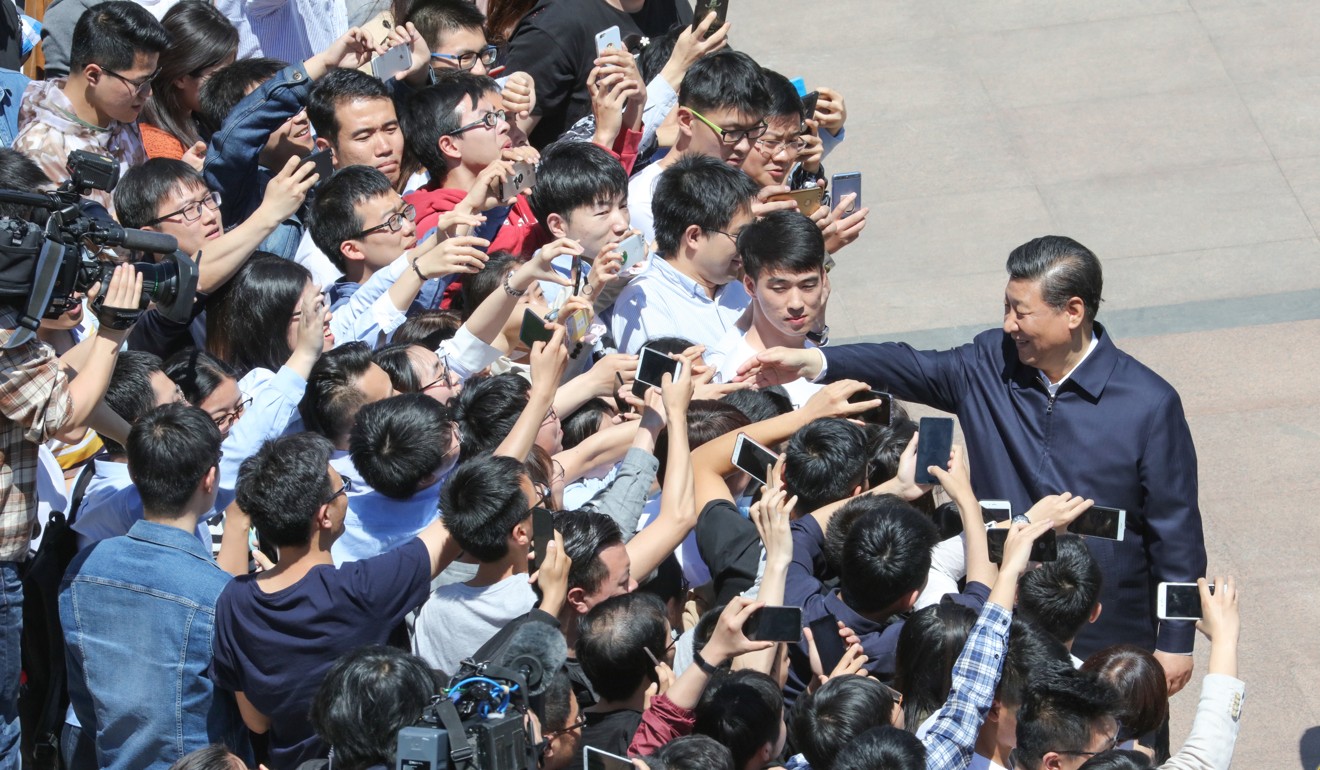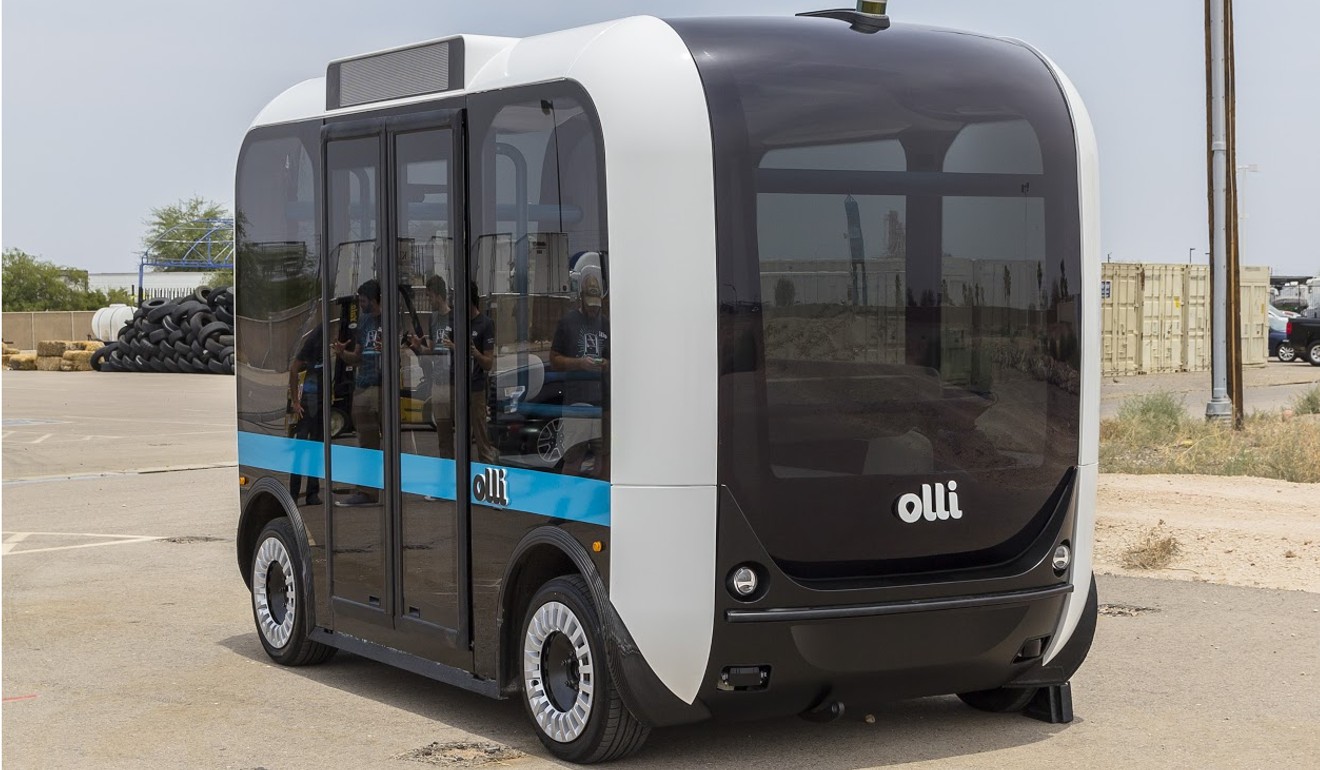
In the technology race to develop AI, the US and China can, and must, work together
- Rodger Sadler and Chuan Shen say the US and China can accomplish more together in the push to grow AI technology
- China can benefit from the expertise of US developers, while the US can leverage the massive volume of Chinese data
Worldwide demand for artificial intelligence technology is poised to increase dramatically. PwC estimates AI will add US$15.7 trillion to global GDP by 2030. The two most robust economies in the world, the United States and China, are leading the charge to develop the technology for the coming AI revolution.
But does it have to be a zero-sum game, where only one country emerges as the winner? In a recent New York Times op-ed, MIT president L. Rafael Reif argued that if the US and China try to double-lock their doors in a competition to develop and own AI technology, then both run the risk of locking themselves into mediocrity.
Far more will be accomplished if both countries work together and leverage each other's strengths.
Currently, China is poised to become an AI powerhouse because it has:
- a clearly-defined national strategy from the highest level of government, which has unlocked a flood of investment capital for AI research, development and implementation. According to a CB Insights report, 48 per cent of global AI investment flowed into Chinese start-ups in 2017, up from only 11 per cent in 2016, while the US lagged behind with 38 per cent;
- access to massive amounts of consumer data – the lifeblood of AI development. As Kai-fu Lee, former head of Google China and founder of Sinovation Ventures, says: “In the age of AI, data is the new oil, and China is going to be the new Saudi Arabia”; and
- national and local governments focused on developing and adapting infrastructure (for example, smart roads for smart cars), with the real-world implementation of AI in mind.

On the other hand, the US innovation machine is powerful because it has:
- ready access to the US-developed and -owned hardware needed to run advanced AI algorithms. And by blocking Chinese attempts to acquire US chip companies, the US government is ensuring Chinese developers continue to look to the US for cutting-edge hardware for AI applications;
- the world’s top institutions for AI research and education, including MIT, Carnegie Mellon, Stanford and University of California, Berkeley; and
- incredible diversity in its AI talent pool and its general population. Diversity is critical to AI development. If data sets used to train AI algorithms are limited or biased, or if those creating an AI algorithm do not recognise or account for those limits and biases, the output will be flawed. Thus, being able to tap diverse AI talent from around the world gives the US a tremendous advantage in developing robust AI algorithms for global use. Similarly, the data generated by America’s diverse population is invaluable for training AI algorithms that will be effective around the world.

If China and the US approach each other as vigorous competitors with unique strengths they can learn from, there is no limit to what they can accomplish together.
China can benefit from the diversity and expertise of American AI developers, and create more robust algorithms and applications. Similarly, America can leverage the massive volume of Chinese data to better train American AI algorithms.
Also, China’s increasingly AI-friendly infrastructure could come in handy for American researchers who want to test and refine their technology in a real-world setting. And Chinese developers can take advantage of the sheer diversity of the American population and test and improve their AI algorithms and applications for use outside China, and around the world.
China and the US can jointly set the pace for development and implementation of global AI standards. In the US, the Institute of Electrical and Electronics Engineers has been working on AI standards. China’s Artificial Intelligence Industry Alliance is doing similar work. Encouraging these organisations to work together could ensure the adopted standards benefit end users and everyone else everywhere.
Concerns over privacy and data security could also be better addressed together. If China hopes to exert more influence on the global stage of AI, its regulators will eventually have to consider adopting privacy and data security standards similar to those in the US and Europe. Working together to find a mutually acceptable middle ground – taking into account the concerns of AI developers and end users – will greatly benefit China, the US and the rest of the world.
Finally, American AI innovators worried about Chinese copying should work more closely with their Chinese counterparts and the Chinese government to explain their concerns, and to propose specific solutions to their concerns.
Both China and the US have unique strengths in the race to usher in the AI revolution. While embracing the competitive spirit that has always driven each country’s development and growth, China and the US must unite to conquer the world of AI.
Rodger Sadler, based in New York, is managing director and head of legal & intellectual property at Cote Capital, an IP capital investment firm. Chuan Shen, based in Beijing, is director of the Overseas Business Division at The Intellectual Property Publishing House. The opinions expressed in this article are those of the authors
